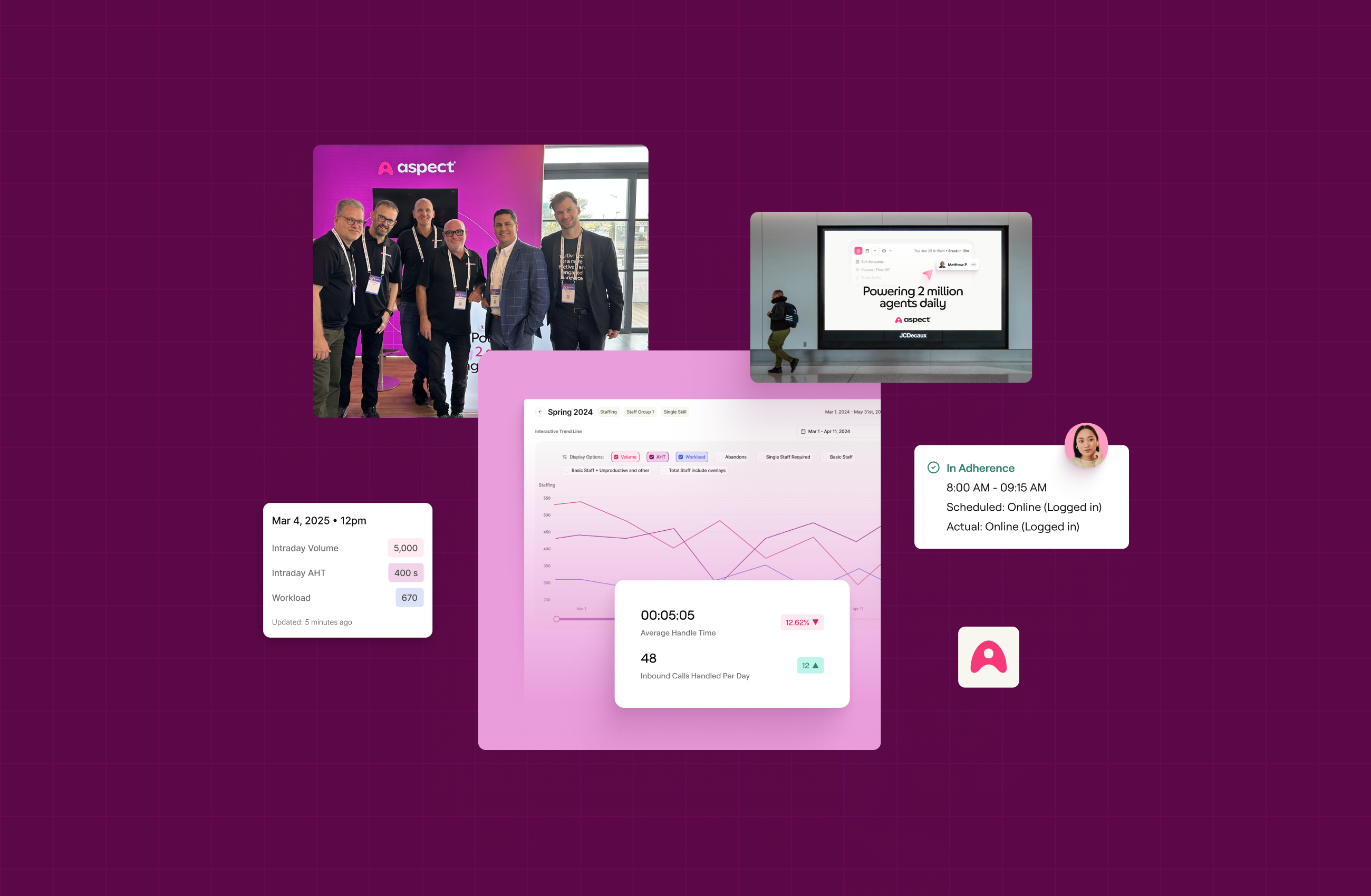"These are uncertain times" is one of the most unhelpful things a leader can say. When workforces and resources are shrinking in some sectors, simply acknowledging uncertainty does nothing to build employee confidence.
Workplace leaders must understand how economic uncertainty affects employee morale and develop strategies to address it. This isn't just about improving morale and business performance—it's about treating your employees as people first.
Let’s explore approaches to guide your workforce and improve employee morale during challenging times.
Understand the impact of economic uncertainty
As a workplace leader, it’s important to first understand the impact that economic uncertainty has on your workforce. When adjusting your leadership approach during stressful times, consider the following:
- Understand common employee concerns and anxieties. Your leadership strategies should be built on understanding and addressing employee concerns about job security, financial worries, organizational changes, or even personal struggles during tumultuous times.
- Know how uncertainty impacts workplace productivity. Stress significantly impacts people's ability to focus at work, leading to temporary drops in performance and productivity.
- Recognize decreased morale. Signs of decreased morale can include increased absenteeism, poor schedule adherence, and declining performance throughout the organization.
Build trust through transparency
A strong workplace culture founded on trust between leaders and employees helps alleviate fears and uncertainty about work. Consider implementing the following approaches to increase transparency in your workplace and improve employee trust:
- Communicate clearly and often. If there are changes in the organization, communicate this to your employees. Let them know what’s changing, what’s staying the same, and what you’re uncertain about as massive economic shifts play out.
- Explain business decisions with honesty. Give clear explanations of company decisions and how these choices may impact your workforce in both the short- and long-term.
- Create a safe space for dialogue. Develop an open-door policy for employees to discuss concerns and challenges with leadership. This can create opportunities for honest dialogues about ways to improve employee experience and boost morale.
Practice empathetic leadership
Research has shown time and time again how crucial empathetic leadership is for employee retention. During economic disruption and uncertainty, demonstrating empathy becomes even more important. Consider these strategies for leading with greater empathy:
- Build and implement active listening skills. Remember, theres a difference between hearing and listening. Be present and fully engaged with your team members and respond to their concerns or questions accordingly.
- Acknowledge individual circumstances. While empathy is universal, each employee's circumstances are unique. Approach individual circumstances and work adjustments with care.
- Provide flexible work options. Many jobs in contact centers can be done remotely and as economic uncertainty looms for many people, having flexible work options to improve work-life balance can boost morale.
Leverage workforce technology for better connections
Strong leadership practices should be the primary focus for boosting employee morale, but technology can play an important supporting role. Workforce engagement management platforms like Aspect WorkforceOS can help bridge the gaps between leadership and teams, improving communication and connection across an organization.
These are just a few ways that workforce technology can connect your workforce:
- Offer employee feedback channels. Frequent employee feedback is one of the best ways to gauge morale and adjust practices accordingly. Aspect workforce solutions offer feedback systems to connect employees with managers or supervisors.
- Build community through competition. Making work more engaging during disruptive periods helps time pass quicker for employees, while also improving performance. Gamification solutions in the Aspect platform provide multiple ways to support positive team competition and connections.
- Simplify recognition and rewards processes. Workforce management technology can make it easier to recognize improved employee performance. Recognizing and rewarding employees for their hard work can improve morale and satisfaction during a difficult time.
Foster a positive workplace culture
A positive work culture is key for organizational success, and during uncertain times, it provides employees with a stable foundation in the workplace. A positive work culture should be fostered throughout the year, making it easier for teams to navigate through disruptive times.
Consider exploring these initiatives in your organization to strengthen work culture:
- Schedule regular team meetings and team building exercises. Regular team check-ins can help foster better culture, giving team members space to connect personally and professionally with peers and leadership.
- Collaborate cross-functionally. Create cross-functional initiatives to prevent teams from working in isolation. This is especially important for remote and hybrid teams who may already feel disconnected.
- Create professional development opportunities. A work culture focused on employee morale should also value their growth and include development opportunities that help staff members build skills to forge clear career paths.
Measure and monitor employee morale
Understanding and implementing practices to boost employee morale during disruptive is just the start. Workplace leaders must measure changes and check-in with employees to gauge the success of initiatives.
- Measure employee satisfaction metrics through quarterly employee surveys. These surveys can be in-depth to gauge sentiment across your workforce.
- Do regular pulse checks to get quick feedback directly from employees. Pulse checks are shorter than long-form surveys and typically more frequent.
- Track and assess employee engagement metrics. Monitor performance and quality metrics through your workforce management software to identify trends that could indicate changes in employee engagement and morale.
A combination of effective leadership practices, organizational changes, and workforce technology can improve morale in the workplace during difficult times. Organizations must continuously improve their practices to ensure a positive employee experience, retaining employees and maintaining their satisfaction—even during periods of economic disruption.









